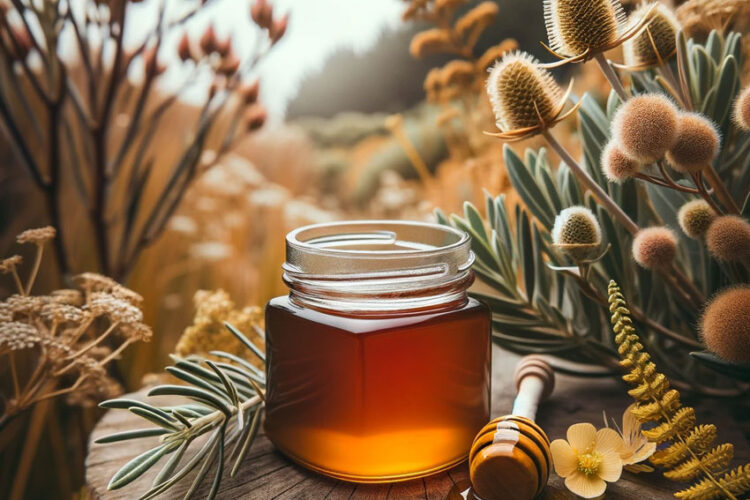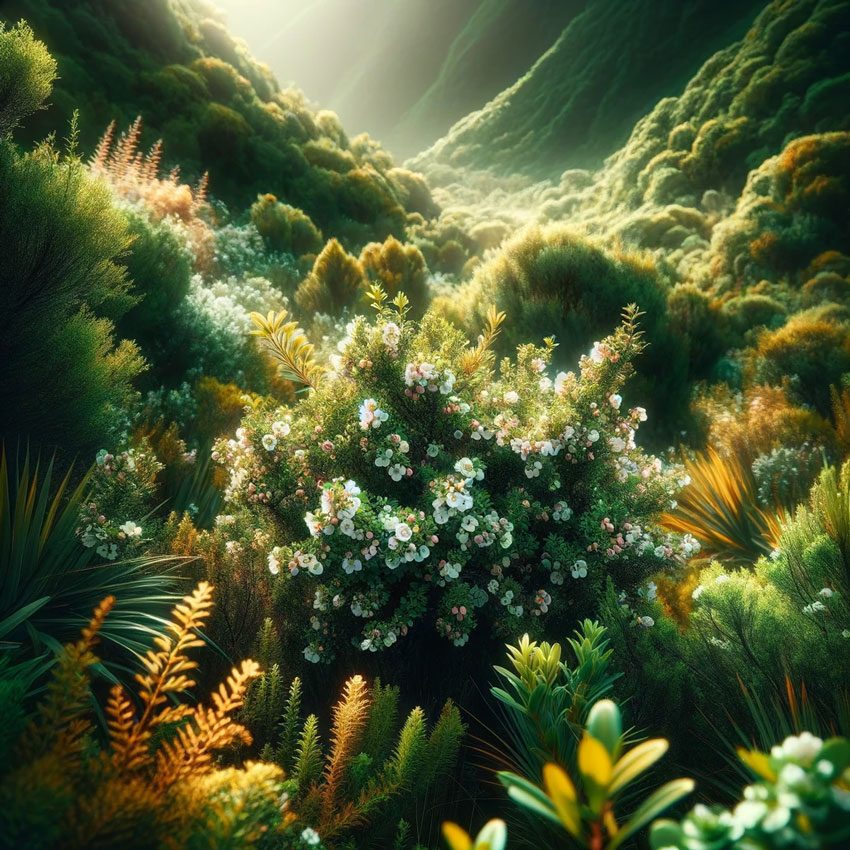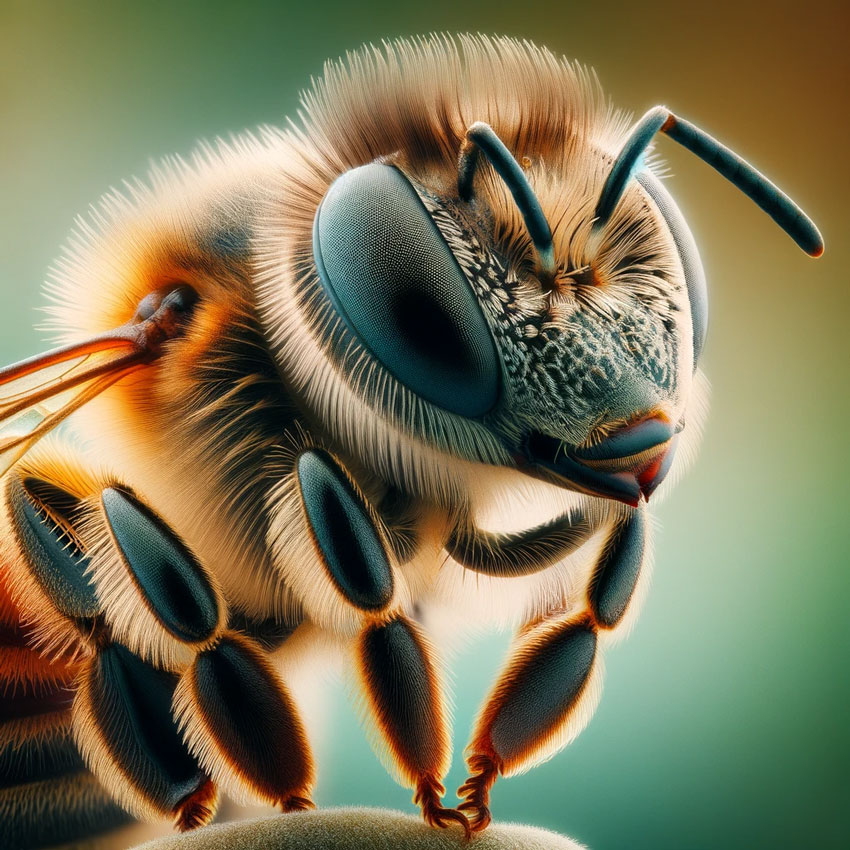Manuka honey is a type of honey that has become increasingly popular due to its potential health benefits. This honey is produced in New Zealand and some parts of coastal Australia, and is made from the nectar of the Manuka tree, Leptospermum scoparium. The Manuka tree is indigenous to these regions and is known for its antibacterial properties, which are believed to be transferred to the honey produced from its nectar.
Key Takeaways
- Manuka honey is made from the nectar of the Manuka tree, which is known for its antibacterial properties.
- The process of making Manuka honey involves the collection of nectar by bees, the conversion of nectar into honey, and the extraction and packaging of the honey.
- The extraction process involves piercing the wax seal on each cell, spinning at high speed to force the honey out of the cells, and then filtering the wax from the honey.
Origin of Manuka Honey
Manuka Plant
Manuka honey is produced from the nectar of the Manuka plant, scientifically known as Leptospermum scoparium. This plant is native to New Zealand and some parts of coastal Australia. The Manuka plant is a small tree or shrub that grows up to 5 meters tall and has small, white, or pink flowers. The Manuka plant has been used for centuries by the indigenous Maori people for its medicinal properties.
Geographical Locations
Manuka honey is produced mainly in New Zealand, where the Manuka plant is indigenous. However, the production of Manuka honey has spread globally, with countries such as Australia, the United Kingdom, and the United States producing their own versions of Manuka honey.
The quality of Manuka honey depends on the geographical location in which it is produced. The Manuka plant’s nectar contains a unique compound called methylglyoxal (MGO), which is responsible for the honey’s antibacterial properties. The higher the concentration of MGO in the honey, the higher its antibacterial activity.
In New Zealand, the government has established a grading system based on the concentration of MGO in the honey. The higher the MGO rating, the higher the quality of the honey. The grading system ensures that consumers are getting genuine Manuka honey and not a lower quality honey falsely labeled as Manuka.
Collection Process
Bee Foraging
The process of making Manuka honey begins with bees collecting nectar from Manuka flowers during the summer. Bees are attracted to the nectar because it is a rich source of food for them. They collect the nectar in their stomachs and bring it back to their hives to process.
During the collection process, the bees add enzymes to the nectar to break down the sucrose into glucose and fructose. The bees then deposit the nectar into honeycomb cells, where it is stored and ripened into honey.
Honey Harvesting
Once the honey has been ripened, it is ready to be harvested. The honeycomb cells are uncapped, and the honey is extracted using a centrifuge. The honey is then filtered to remove any impurities, such as beeswax or pollen.
After the filtering process, the honey is left to settle for a few days to allow any air bubbles to rise to the surface. The honey is then bottled and labeled for sale.
Extraction and Packaging
Honey Extraction
The extraction of Manuka honey is a delicate process that requires expertise and precision. Bees collect nectar from the Manuka flowers and deposit it into honeycombs. The honeycombs undergo a careful extraction process that involves piercing the wax seal on each cell, spinning at high speed to force the honey out of the cells, and then filtering the wax from the honey. The resulting mixture is then kept in large sterile drums to avoid contamination.
Quality Assurance
Quality assurance is a crucial step in the production of Manuka honey. To ensure the highest quality and potency of the honey, several factors need to be taken into consideration. These include the region where the honey is harvested, the time of year, and the extraction process. Manuka honey is tested for its unique antibacterial properties, which are measured using the Methylglyoxal (MGO) rating system. The higher the MGO rating, the more potent the honey.
Packaging
After the honey has been extracted and tested for quality, it is ready to be packaged. The packaging process involves filling the honey into jars of various sizes, labeling the jars with the appropriate information, and sealing them to prevent contamination. The labeling includes information such as the MGO rating, the batch number, the date of production, and the best-before date. The jars are then stored in a cool, dry place until they are ready to be shipped to customers.
In conclusion, Manuka honey is a unique and valuable product that requires careful handling and processing. The extraction process involves a delicate balance of expertise and precision, while quality assurance ensures that the honey meets the highest standards. Finally, the packaging process ensures that the honey is protected from contamination and is ready for consumption.




